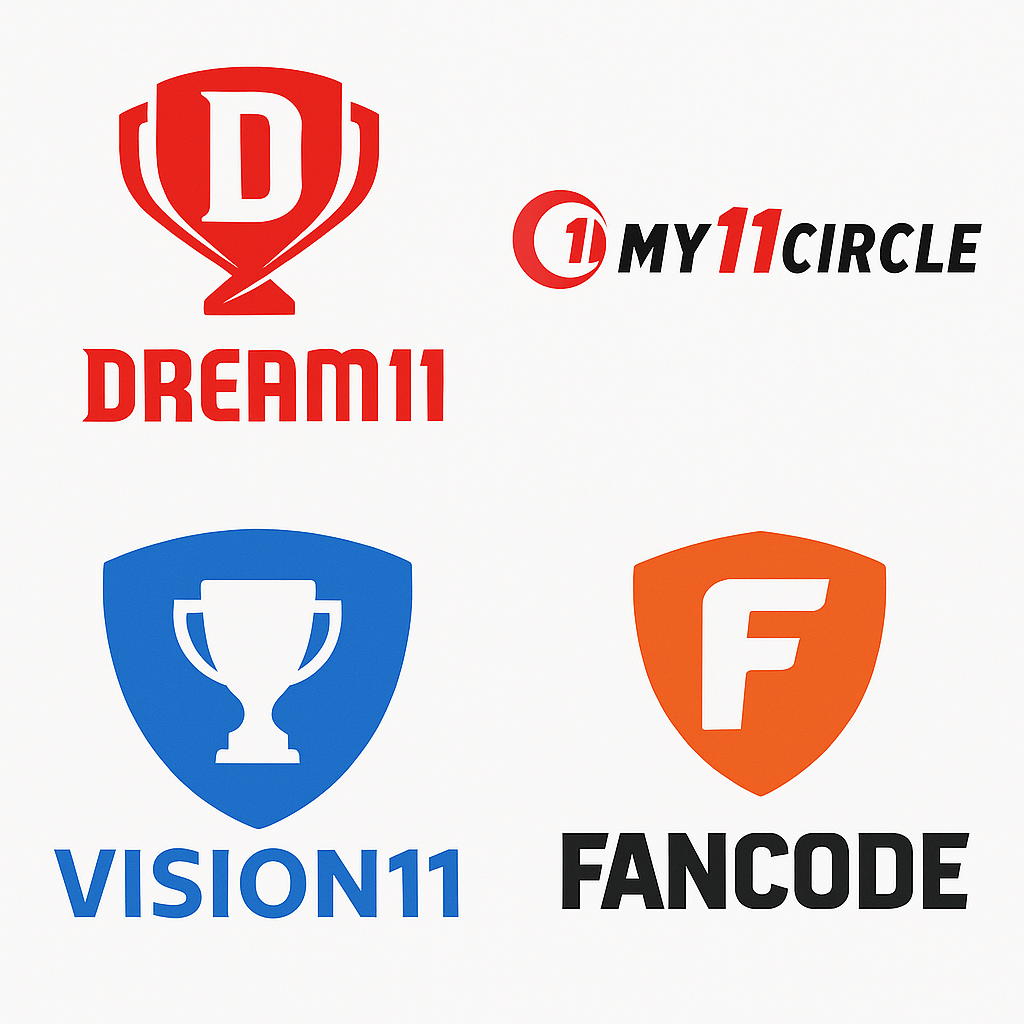By Sachin B V
Introduction
The introduction of the Promotion and Regulation of Online Gaming Bill 2025 has sparked widespread concern, particularly among those connected with fantasy sports platforms like Dream11 and My11Circle. While the bill aims to protect users from financial risks, its blanket restrictions could have far-reaching consequences that extend well beyond gaming apps.

Table of Contents
Promotion and Regulation of Online Gaming Bill 2025: Economic Impact Beyond Gaming
Fantasy sports have grown into a multi-billion-rupee industry in India, directly employing nearly four lakh people. If profitability is stifled, these companies will no longer be able to sponsor major tournaments such as the IPL, PSL, BPL, The Hundred, MLC, TNPL, CPL, or even local rural leagues like ECS T10 and Caribbean T10.
The domino effect would be significant:
– Loss of sponsorships → reduced funding for sports leagues.
– Drop in viewership → lower ad revenues for broadcasters.
– Reduced tax inflows → less GST, TDS, and corporate tax revenue for the government.
This isn’t just about apps; it’s about the larger sports economy.
Fantasy Sports & Fan Engagement
Fantasy apps play a pivotal role in keeping fans engaged, even in matches where Team India isn’t playing. Without them, casual fans may lose interest in neutral tournaments, causing a dip in TV ratings. This affects broadcasters, advertisers, and ultimately players and boards.
In short: fantasy gaming doesn’t just entertain — it sustains interest in cricket worldwide.

Where the Current Model Fails
The risks the bill tries to address do exist:
– Mega Grand Leagues (GLs) are generally safer, with low entry fees and large prize pools.
– Small Leagues (H2H, 3–100 contests), however, often see users investing lakhs without adequate safeguards, leading to losses that resemble gambling.
– Maximum 40 teams per contest is currently permitted, which gives an edge to heavy investors but limits casual users’ chances.
This imbalance is why regulation is needed — but it should be smart regulation, not strangulation.
A Balanced Regulatory Approach
Rather than banning, the government could introduce fair play regulations that protect users while sustaining the industry:
- Cap on Entries per Contest: Allow a maximum of 6–10 teams per user per contest (instead of the current 40).
- Standardized Contest Formats: Permit only Mega GLs with affordable entry fees (₹49, ₹99). Ban small high-stake leagues (H2H, 3–100 player contests) that encourage reckless spending.
- Deposit & Spending Limits: Daily/weekly deposit caps, similar to stock market margin rules.
- Mandatory KYC: Age verification with Aadhaar + PAN; self-exclusion options for problem users.
- Transparent Reward Structures: Clear odds and prize distribution visible before joining contests.
- Responsible Advertising: No misleading “get rich quick” campaigns; instead, ads should emphasize entertainment and skill, with disclaimers like those used in stock trading.
- Single-App Participation Rule: A player should be registered with only one fantasy platform at a time, linked through their KYC. If they wish to switch to another app (e.g., from Dream11 to My11Circle), they should be allowed to do so — but not permitted to play on multiple apps simultaneously. This ensures losses are capped across the industry, not just within a single app.
The Maths Behind a ₹49 Mega Grand League With a 6-Team Cap
Why this matters: Policymakers need to see that low-entry, capped-entries mega contests meaningfully limit user exposure while preserving the “crores-level” headline prizes that sustain fan engagement and sports sponsorships.
A. User Exposure (Hard Cap)
– Entry fee (E): ₹49
– Proposed entry cap (T): 6 teams per contest (vs. earlier max of 40)
– Max spend per match per user: E × T = 49 × 6 = ₹294
– Full IPL season (74 matches): ₹294 × 74 = ₹21,756 maximum spend
This hard cap ensures casual users are automatically protected, regardless of contest size.
B. Sustaining Crores-Level Prizes
Major fantasy platforms have publicly offered mega contests with prize pools in the tens of crores and first prizes of ₹4–5 crore during IPL seasons. Such magnitudes are feasible even with a ₹49 entry when spread across lakhs of participants.
For example:
– If First Prize (F) = ₹5 crore, with ~12% of the pool for Rank 1, the total prize pool (P) is about ₹41.6 crore.
– At ₹49 per entry, with 15% rake, this requires ~10 lakh entries.
– If F = ₹4 crore, the pool is ~₹33.3 crore, needing ~8 lakh entries.
Even with a 6-team cap (₹294/user), platforms can still support top prizes of ₹4–5 crore.
C. Suggested Distribution (Illustrative)
– Rank 1: ₹4–5 crore
– Ranks 2–10: ₹10–50 lakh each
– Ranks 11–100: ₹1–5 lakh each
– Ranks 101–10,000: ₹1,000–₹50,000
– Lower ranks: Small payouts (₹70–₹200) to lakhs of users
This “tapered ladder” reduces the gambling-like skew, giving more players a chance of winning something.
D. Why Not Small Leagues?
Head-to-head and small leagues let big players invest lakhs across contests, often wiping out beginners. A ₹49 Mega GL with capped teams is fairer, safer, and scalable — striking the right balance.

Impact on Women’s Cricket
One area often overlooked in this debate is the effect on women’s cricket.
Leagues like the Women’s Premier League (WPL), Women’s Big Bash League (WBBL), and international bilateral women’s series have gained attention and viewership partly because fantasy apps drew fans into these matches. Fantasy players who create teams are more likely to watch, analyze, and support women’s games.
If fantasy platforms are weakened:
– Sponsorship for women’s cricket could decline sharply.
– Viewership may drop as casual fans lose the incentive to follow.
– Growth could slow down — women’s cricket is still building its base, and reduced investment would stall its momentum.
This shows why balanced regulation is not just about men’s cricket — it is critical for women’s cricket too.
Why Regulation Is Better Than a Ban
A complete shutdown will not stop people from chasing quick wins — it will only push them to illegal betting platforms, which are far more dangerous and unregulated. A regulated fantasy ecosystem ensures:
– Consumer protection.
– Continued government taxation.
– Sustained employment and sponsorship in sports.

Conclusion
India has the chance to set a global precedent by balancing regulation with innovation. Outright bans or over-restriction will damage sports, jobs, and revenue streams. Instead, a thoughtful regulatory model — like limiting contest types, capping entries, enforcing single-app participation, and encouraging responsible gaming — will protect users without destroying an industry that fuels the sporting ecosystem.
Fantasy sports are not just about winning money; they are about keeping fans connected to the game. With balanced regulation, India can safeguard both its people and its passion for cricket — including the crucial growth of women’s cricket.
Also Read: Visit Greece! 7 Enchanting Reasons Why Greece Captivates Every Traveller’s Heart